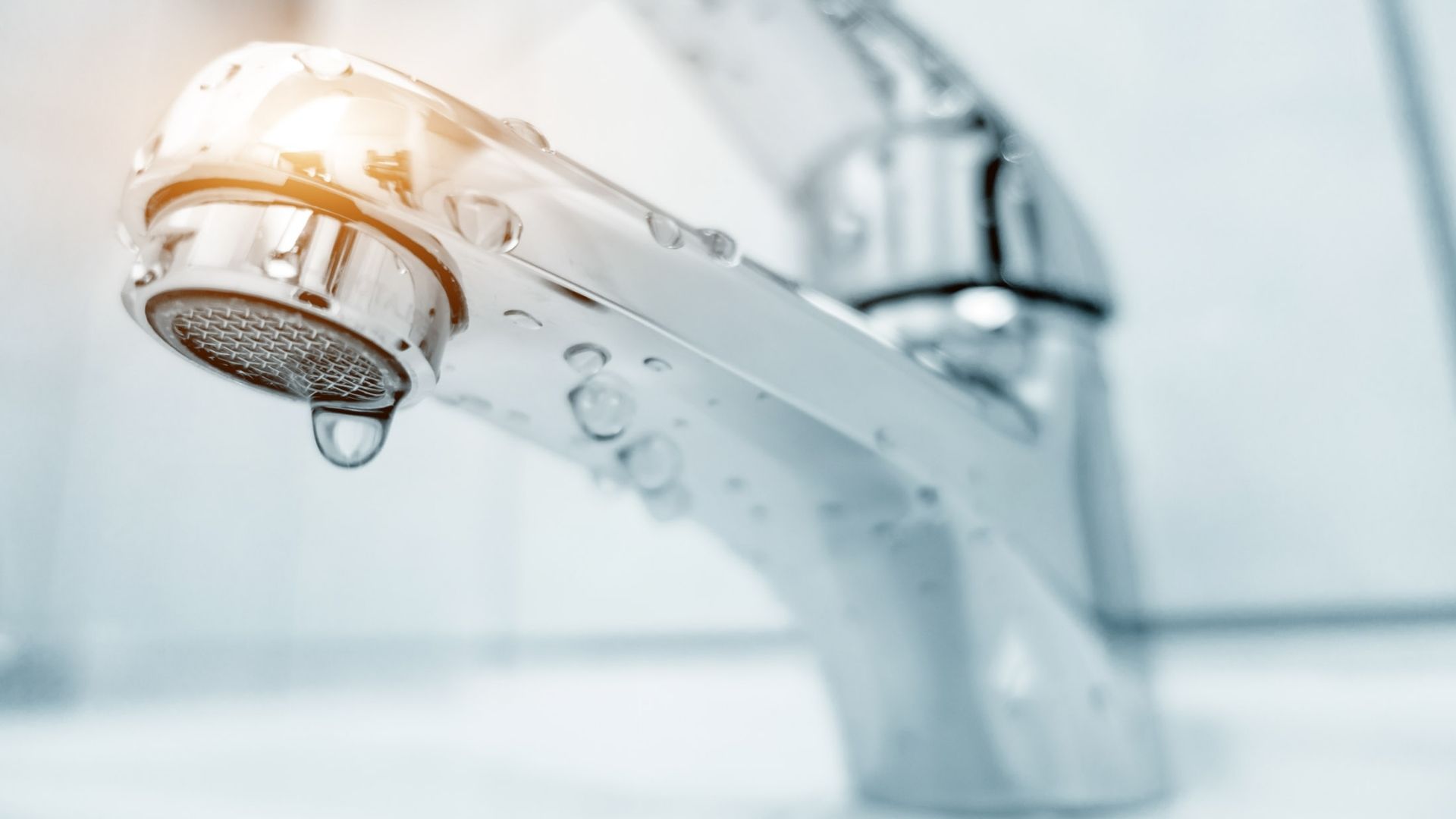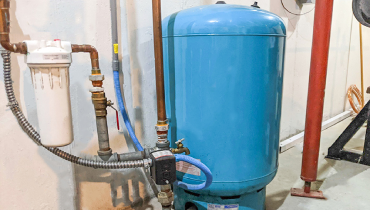Top Approaches for Dealing with Low Water Pressure in Your Home
Top Approaches for Dealing with Low Water Pressure in Your Home
Blog Article
They are making several great points regarding Low Water Pressure in the House? in general in this content down the page.

Low tide stress in your home can be an aggravating problem, affecting whatever from showering to cleaning dishes. If you're experiencing weak water circulation, there are a number of feasible causes and options to explore. In this guide, we'll talk about usual factors for low tide stress and functional actions to deal with the concern efficiently.
Introduction to Low Tide Pressure
Low tide pressure takes place when the circulation of water from your faucets, showers, and other fixtures is weak than common. This can make day-to-day jobs extra tough and less effective. Comprehending the reasons for low tide stress is critical to finding the ideal solution.
Usual Reasons For Low Water Stress
Faulty Pressure Regulatory Authorities
Stress regulatory authorities are in charge of keeping constant water stress in your house. If they malfunction, it can result in low tide pressure or unequal circulation throughout your house.
Municipal Water Supply Issues
In some cases, the problem lies outside your home. Municipal water problems, such as main line leakages or upkeep job, can temporarily lower water pressure in your area.
Pipe Obstructions
In time, pipelines can come to be blocked with mineral deposits, sediment, or particles, limiting the flow of water. This is a typical problem in older homes with galvanized steel pipes.
Deterioration
Corrosion within pipelines can bring about leakages and lowered water stress. Rust accumulation can restrict water flow, particularly in aging plumbing systems.
Just How to Detect Low Tide Stress
Evaluating Pipes
Check visible pipelines for indicators of leakages, rust, or clogs. Take notice of any kind of unusual sounds, such as banging or rattling pipes, which might indicate concerns within the plumbing system.
Consulting with a Plumber
If you're not able to determine the root cause of low tide pressure, think about employing a professional plumber to perform a detailed examination. They can recognize underlying issues and advise ideal remedies.
Checking Taps and Fixtures
Beginning by testing the water stress at different taps and components throughout your home. If the concern is separated to particular areas, it may suggest local problems.
DIY Solutions to Take Care Of Low Tide Stress
Flushing Water Heater
Debris accumulation in the hot water heater can restrict flow and decrease efficiency. Purging the container regularly aids eliminate sediment and keep optimal efficiency.
Examining Pressure Regulator
Ensure that the pressure regulatory authority is functioning correctly. Readjusting or changing the regulatory authority can aid bring back proper water stress throughout your home.
Cleaning Aerators and Showerheads
Natural resources can collect in aerators and showerheads, minimizing water flow. Remove and cleanse these components routinely to boost water pressure.
Clearing Clogs in Pipeline
For minor clogs, attempt making use of a plumbing serpent or chemical drain cleaner to clear blockages in pipes. Be cautious when using chemicals and adhere to safety and security guidelines.
When to Call a Specialist Plumber
If do it yourself efforts stop working to deal with the problem or if you believe considerable plumbing problems, it's best to seek aid from a certified plumber. They have the knowledge and devices to deal with intricate concerns securely and successfully.
Safety Nets to Preserve Water Stress
Installing a Stress Booster
Take into consideration mounting a pressure booster pump to boost water stress in areas with continually low circulation. This can be especially helpful for multi-story homes or residential or commercial properties with high-demand fixtures.
Surveillance Water Use
Be mindful of water use routines and avoid overtaxing the plumbing system. Straightforward adjustments, such as incredible showers and washing loads, can assist maintain adequate water stress.
Normal Upkeep
Set up regular maintenance for your plumbing system to prevent issues such as deterioration, leakages, and blockages. Dealing with minor troubles early can help prevent more substantial repairs later on.
Conclusion
Dealing with low tide pressure can be irritating, but determining the underlying causes and executing ideal solutions can recover optimal flow throughout your home. Whether it's cleaning up aerators, inspecting pipes, or speaking with a plumber, taking proactive steps can guarantee a consistent supply of water for your daily needs.
FOUR WAYS TO FIX LOW WATER PRESSURE NOW
Turning on a shower or faucet only to find the water comes out in a sad, slow drizzle is never a good feeling. How exactly are you supposed to wash a pan or take a quick shower when it takes 10 minutes just to rinse off a little soap? The good news is that when your water pressure is bad, there's always a cause: typically one that can be easily fixed. Here are some of the most common causes of low pressure and what you can do to fix the issue:
DEBRIS AND MINERAL DEPOSIT BUILDUPS
If you notice low water pressure from just one or two of the fixtures in your house, the problem likely has to do with debris buildup. Water is full of minerals and other debris, all of which can accumulate in your pipes and on your fixtures. This can cause a blockage that affects how much water flows through. To fix this, try filling a small plastic bag with white vinegar, and use a rubber band to hang it around your showerhead or faucet. Let the head of the fixture soak for a few hours, and the vinegar should loosen the deposits.
WATER LEAKS
Leaks are another common cause of low water pressure. If water is flowing out of your plumbing through a hole or crack before it can reach your fixture, the pressure coming out of the faucet or showerhead will be lower. A plumbing professional is your best bet for finding and repairing a leak in your water supply pipes.
Leaks are another common cause of low water pressure. If water is flowing out of your plumbing through a hole or crack before it can reach your fixture, the pressure coming out of the faucet or showerhead will be lower. A plumbing professional is your best bet for finding and repairing a leak in your water supply pipes.
A VALVE ISSUE
If you have low water pressure throughout your home, check your main shut-off valve to make sure it's completely open. You may also want to see if there's a pressure-reducing valve installed. If there is, have a plumber help you adjust the settings to get the pressure you're looking for.
OTHERS USING WATER
Believe it or not, your low water pressure could be caused by your neighbors. If you notice low pressure at certain times of day, it may be because you and the people living next to you have similar schedules - when everyone is showering at the same time, the pressure will be lower in every home. Low pressure throughout the neighborhood may also be caused by an issue with your municipal water supply. If that's the case, call the supplier to see if they're working on the issue.
https://www.rotorooter.com/blog/water-leaking/low-water-pressure-fixes/

I'm just very serious about 9 Reasons for Low Water Pressure in Your House and I am hoping you liked the piece. Do you know somebody who is intrigued by the niche? Take a moment to share it. Thanks so much for taking the time to read it.
Book-Now Report this page